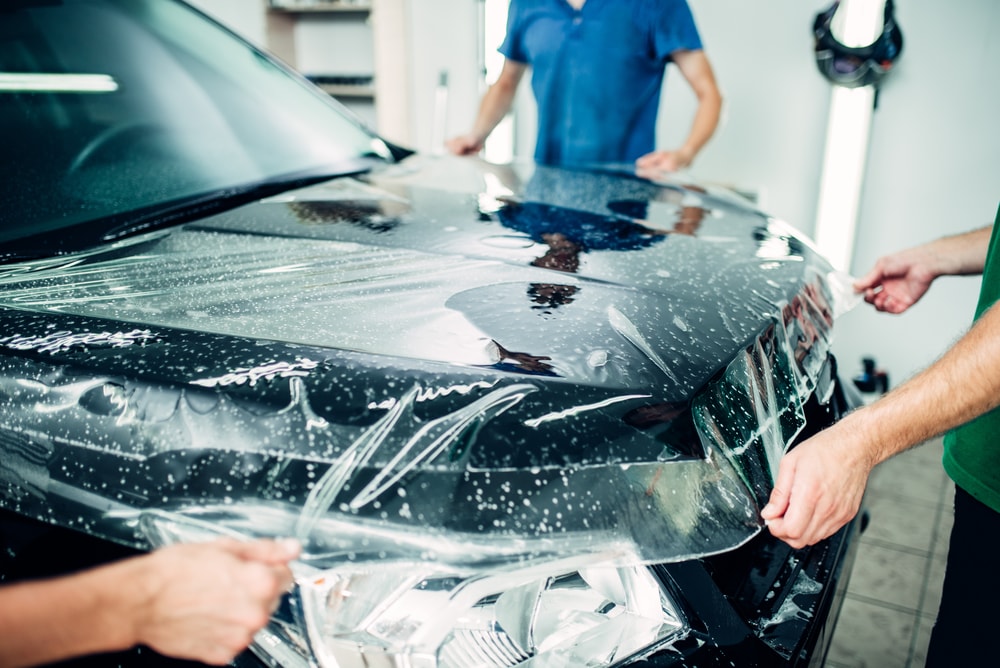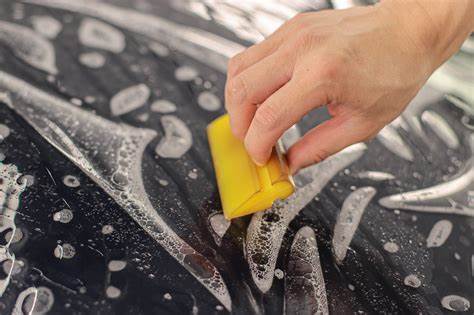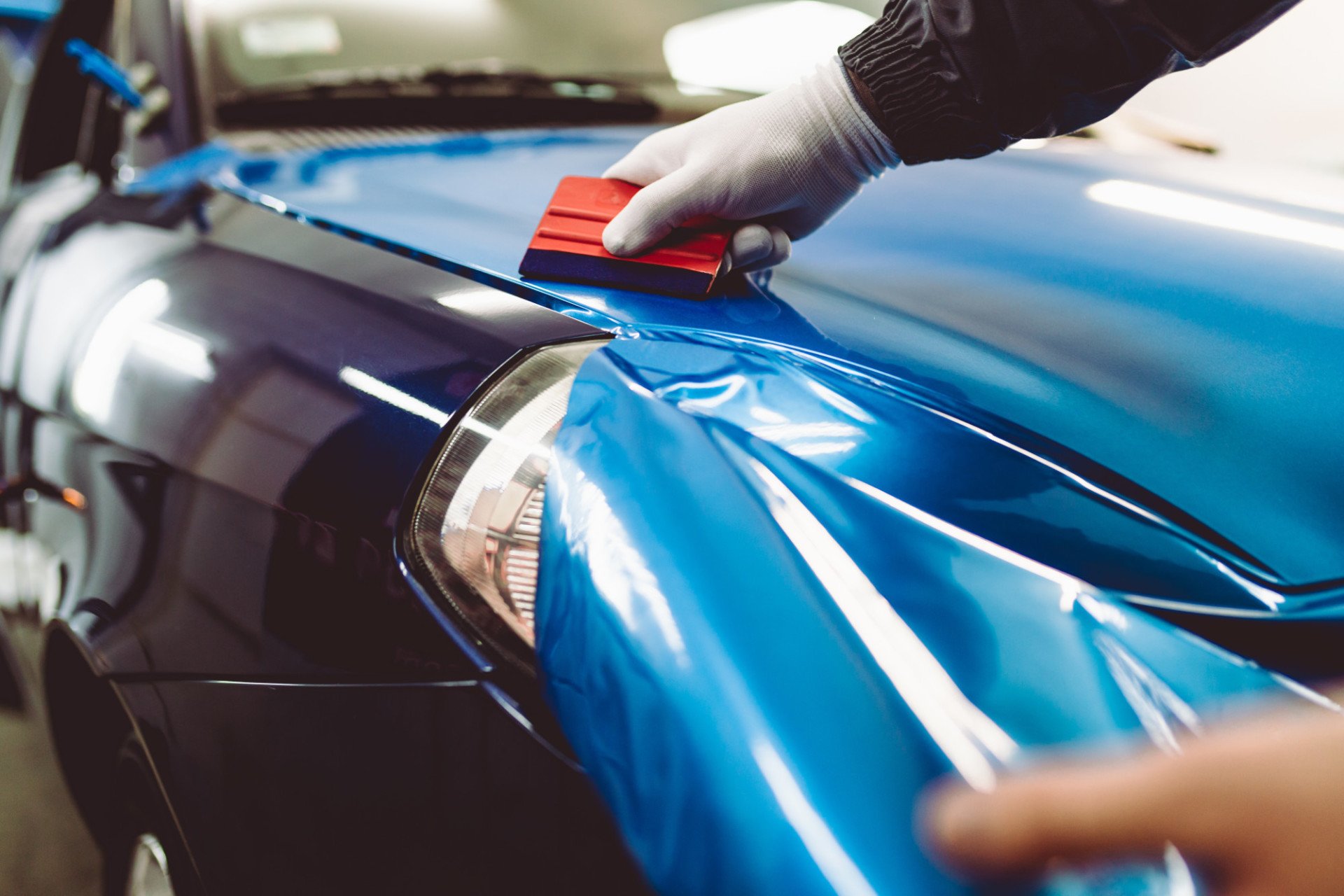Your car’s paint is more than just a cosmetic feature—it serves as a protective layer for the vehicle’s body. Harsh weather conditions such as extreme heat, cold, rain, snow, and even UV rays can deteriorate your car’s paint over time, leading to fading, chipping, and rust. Maintaining a glossy, well-preserved finish requires regular care and attention, especially when your vehicle is exposed to the elements. Fortunately, with the right knowledge and tools, protecting your car’s paint can be an easy and cost-effective task. In this article, we’ll discuss various strategies that will help keep your car’s paint in top condition, regardless of the weather.
Why Protecting Your Car’s Paint Is Important
Car paint does more than just make your vehicle look good; it helps protect the metal body from corrosion caused by water, salt, and other environmental contaminants. Over time, exposure to harsh weather can break down the paint, leading to rust, faded colors, and a decrease in the overall value of your vehicle. In addition, damaged paint may compromise the car’s protective barrier, making it more vulnerable to further damage.

To avoid the costly repairs and devaluation caused by weather damage, it’s essential to take proactive steps to protect your car’s paint.
1. Regularly Wash Your Car
One of the simplest and most effective ways to protect your car’s paint from harsh weather conditions is by washing it regularly. Dirt, grime, road salts, and tree sap can accumulate on your vehicle, and if left untreated, they can cause scratches or discoloration. Washing your car removes these contaminants before they have a chance to damage the paint.
- Use mild soap: Avoid using dish soap or harsh chemicals that can strip the protective layers of your car’s paint.
- Wash in the shade: If possible, wash your car in a shaded area to prevent water spots from forming, especially in hot conditions.
- Dry it properly: After washing, dry your car with a microfiber towel to prevent water spots and streaks.
Regular washes, particularly after exposure to road salts or tree sap, are essential for maintaining your car’s paint and preserving its protective finish.
2. Apply a Protective Wax Coating
A wax coating acts as a shield against harsh weather elements. By creating a thin layer of protection over the paint, wax helps to repel water, dirt, and contaminants. It also adds a layer of shine that enhances the car’s appearance. In addition to protecting against weather conditions, waxing your car also helps maintain the smoothness of the surface, preventing debris from sticking to the paint.
- Choose a high-quality wax: Look for products that contain natural carnauba wax or synthetic wax formulations designed to provide long-lasting protection.
- Apply it every 3-4 months: Wax your car at least once every few months, especially if you live in an area prone to extreme weather.
When applied correctly, wax can keep your car’s paint looking shiny and new, even in the face of harsh weather conditions.
3. Use a Car Cover for Extra Protection
When your vehicle is exposed to extreme weather conditions like intense sun, hail, or snow, using a car cover is an excellent way to protect the paint. Car covers shield your vehicle from direct exposure to UV rays, acid rain, bird droppings, and other environmental elements that can damage the paint. The cover also prevents scratches and dirt from accumulating on the surface, preserving the integrity of the paint.
- Choose the right car cover: Select a breathable cover that fits snugly and is made of high-quality material that offers UV protection.
- Use in harsh weather: When your car is parked outside in extreme weather, like a hailstorm or intense sun, a cover can significantly reduce the risk of damage to the paint.
A car cover is a great investment to keep your vehicle safe from the elements when you’re not using it.
4. Park in the Shade or Garage
Whenever possible, park your car in a shaded area or garage to minimize exposure to the sun’s harmful UV rays. Direct sunlight can cause the paint to fade and dry out over time, which can lead to cracking and peeling. The heat from the sun can also affect the car’s clear coat, weakening its protective properties.
- Use a garage: Parking in a garage provides the best protection from weather conditions. It shields the car from rain, snow, and UV rays, keeping the paint in better condition.
- Avoid parking under trees: While trees offer some shade, they can also drop sap, leaves, and bird droppings, which can cause stains or damage the paint.
Finding a shaded or enclosed parking space is one of the best ways to protect your car’s paint from the damaging effects of the sun and weather.
5. Address Scratches and Chips Immediately
Even the smallest scratch or chip can expose the metal body of your car to moisture, salt, and air, increasing the risk of rust formation. If you notice any scratches or chips in the paint, address them immediately to prevent further damage. Leaving these areas untreated allows contaminants to seep beneath the paint, leading to further degradation and rust.
- Use touch-up paint: Purchase touch-up paint in the same color as your car to fix minor scratches or chips. Be sure to apply it carefully to avoid further damage.
- Visit a professional for large damage: If the scratches are extensive or the paint is severely chipped, it may be best to visit an auto body shop for repairs.
Addressing scratches and chips quickly will keep your car’s paint looking pristine and prevent more significant issues in the future.
6. Protect Your Car from Salt in Winter
In colder climates, road salts used for de-icing can have a detrimental effect on your car’s paint. Salt can cause the paint to deteriorate and lead to rust, especially in areas where the salt is constantly in contact with the vehicle. To prevent damage, wash your car frequently during the winter months to remove any salt buildup.
- Rinse under the car: Salt can accumulate underneath the vehicle, so use a pressure washer or hose to rinse off the undercarriage, wheel wells, and other areas where salt can collect.
- Wax before winter: Apply a protective wax coating before winter to help create a barrier against road salts.
By taking extra precautions in the winter, you can prevent road salts from causing long-term damage to your car’s paint.
7. Consider Paint Protection Film (PPF)
For those who want the ultimate protection, consider applying a paint protection film (PPF) to your car. PPF is a transparent, durable film that can be applied to your car’s exterior to protect it from scratches, chips, and weather-related damage. It acts as a barrier against contaminants, ensuring that your car’s paint stays intact for a longer period.

- Professional installation: PPF should be applied by a professional to ensure a proper fit and finish.
- Durable protection: The film is designed to withstand harsh weather, UV rays, bird droppings, and other contaminants that could damage the paint.
While applying PPF can be a significant investment, it offers long-term protection and can help maintain your car’s appearance for years.
Conclusion
Protecting your car’s paint from harsh weather conditions is essential for maintaining its appearance, performance, and overall value. By washing your car regularly, applying protective wax, parking in the shade, and using a car cover, you can prevent the detrimental effects of weather on your car’s paint. Additionally, addressing scratches immediately and protecting your car from winter salts can help preserve its finish. For those looking for an extra layer of protection, consider investing in a paint protection film. By following these simple steps, you’ll ensure your car’s paint remains in excellent condition, regardless of the weather.
Key Takeaways:
- Regular washing and waxing can help protect the car’s paint.
- Parking in a garage or shaded area reduces exposure to harmful UV rays.
- A car cover provides extra protection in extreme weather conditions.
- Address scratches and chips promptly to prevent rust and further damage.
- Paint protection films offer long-term, durable protection against harsh elements.
With proper care and attention, your car’s paint will stay vibrant and well-protected, helping maintain its value and appearance for years to come.

Leave a Reply